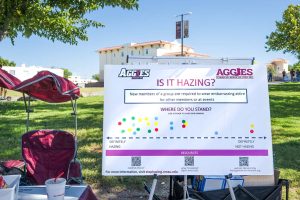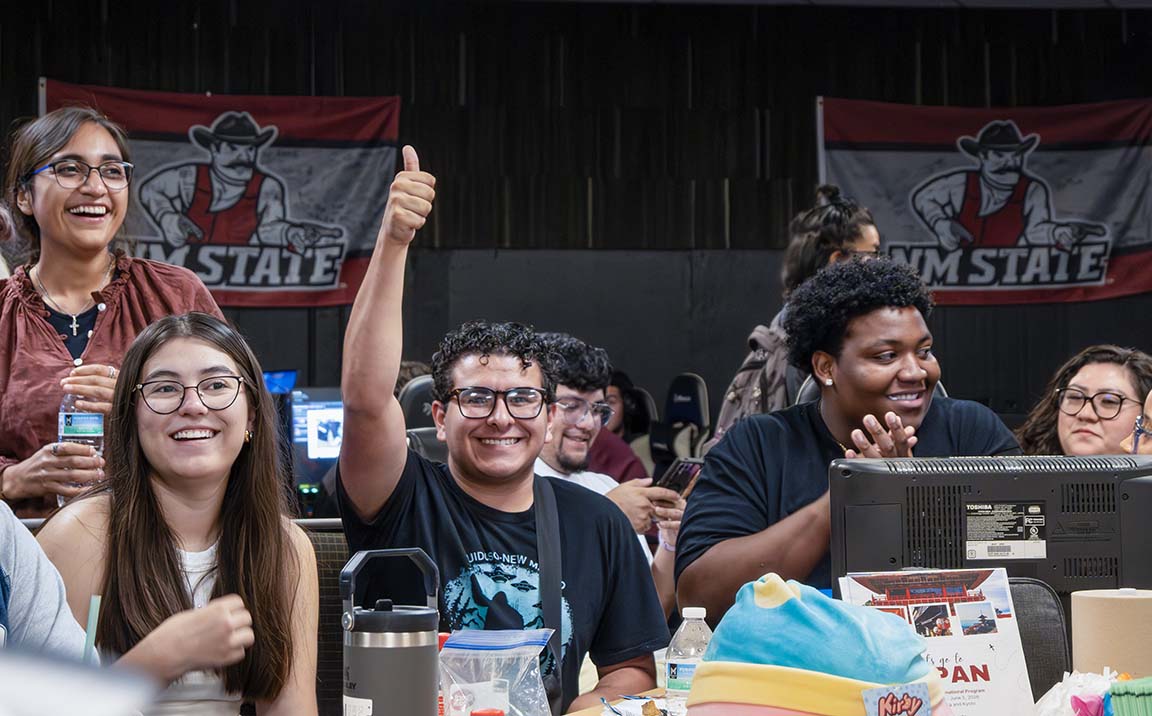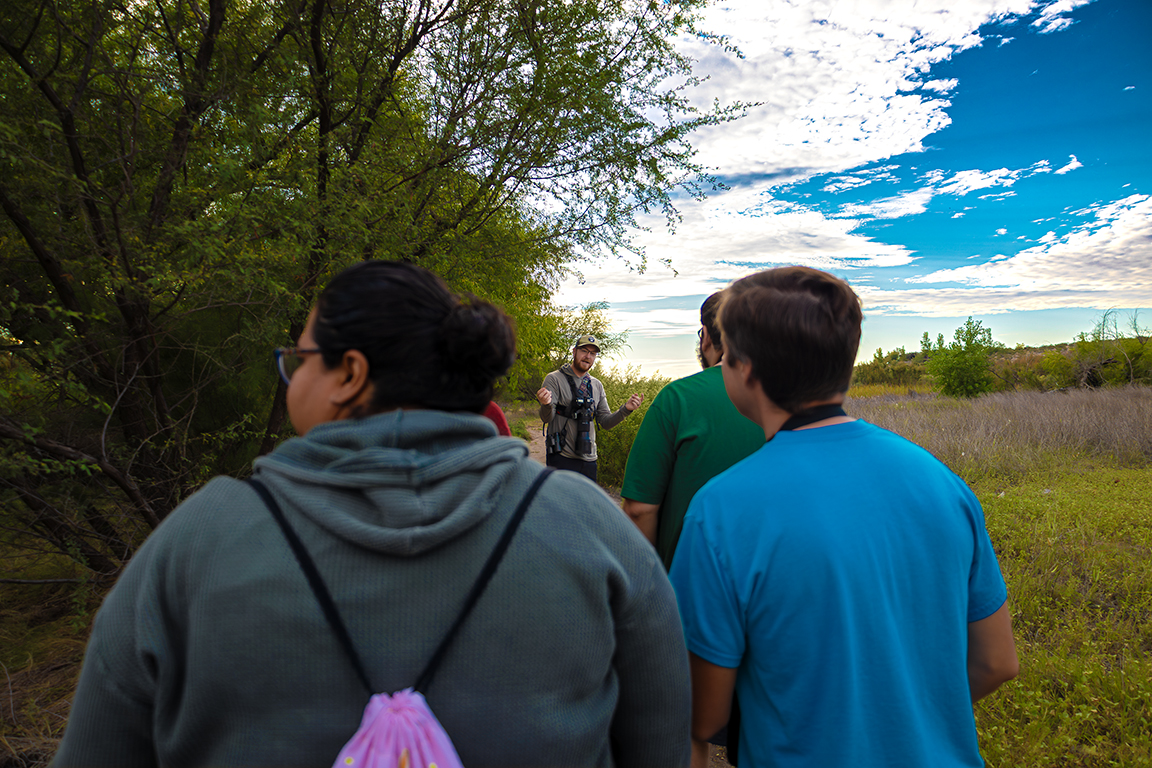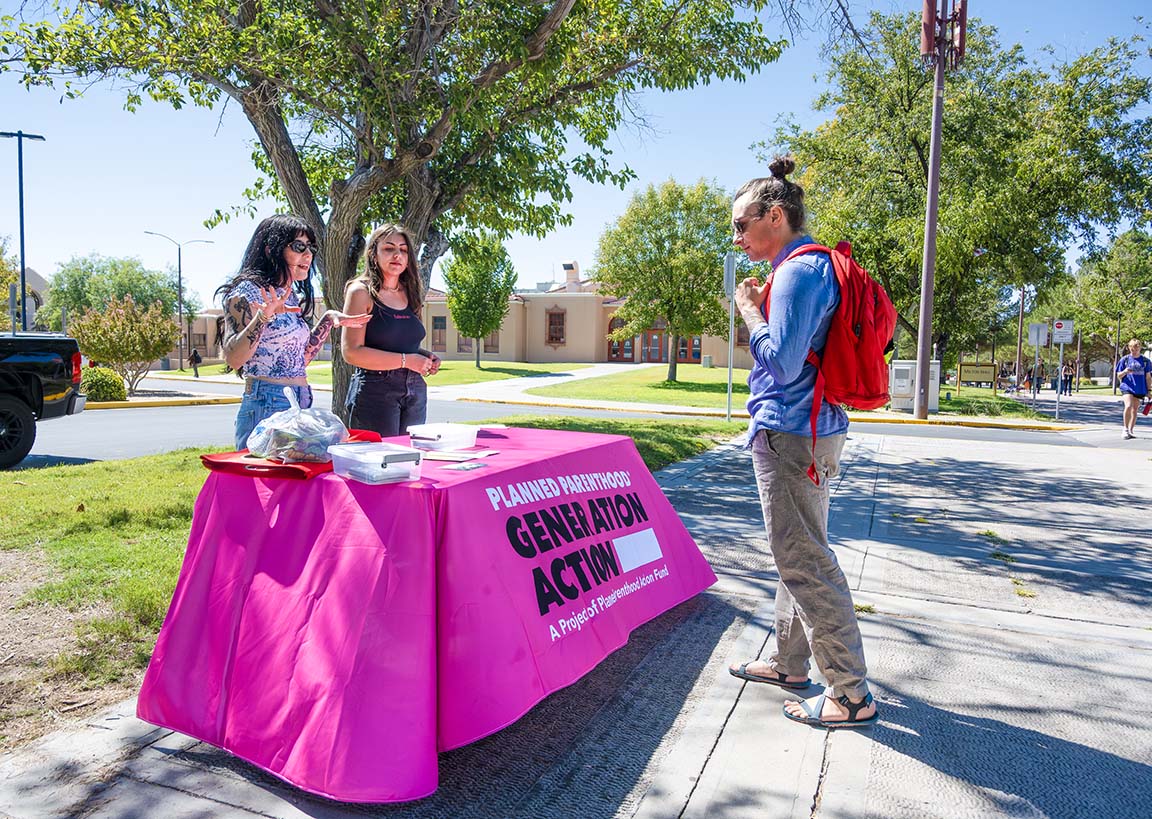The last week of September is National Hazing Prevention Week. To get involved, New Mexico State University held events to engage students and educate them on what hazing is and how it can be prevented.

Throughout the week, Vanetta Busch, director of Hazing Prevention and Organizational Development at NMSU, joined with student life organizations to host various tabling events.
Students were given brochures and asked questions about hazing to see what they knew. They also offered students golf cart rides to class. During these rides, students were quizzed about hazing and given important information.
Charrissa Corbin, the Fraternity and Sorority advisor, promoted “Aggies Donut Haze,” where she passed out donuts while informing students about hazing and urged them to sign a no-hazing pledge.
“It’s [the event] about education and letting everyone know exactly what is hazing, because a lot of times you don’t realize that you’re being hazed,” Corbin said. “We want to make sure you’re not a part of that 90 percent who do not report hazing.”
According to hazinginfo.org, 946 incidents of hazing have been reported by colleges and universities between 2018 and Feb. 2025. However, those reports only stemmed from nine universities.
While the number seems large, hazing researcher Elizabeth Allan found that 95% of students who experience hazing do not report it. She found that only 50% of institutions are fulfilling their legal obligations to report hazing.
According to a pamphlet handed out by one of the NMSU hazing awareness tables, there are three components of hazing for students to notice: it occurs in a group context; it involves physical, emotional, or psychological harm; and it is “mandatory” regardless of one’s willingness to participate.
According to Corbin, NMSU has a zero-tolerance policy for hazing. If any hazing is reported, it will be investigated by the university.

Busch said that while the organization is spreading awareness of hazing to students, students are also informing one another.
“I actually took a picture of one student who took it [a hazing questionnaire] and then he brought his friends,” Busch said. “He was like, ‘Did you know that this was hazing?’”
Busch said she thinks some of the best ways to teach are when students can teach each other.
“The goal is to empower students, to give them a voice, to give them bystander training so that they know when they see it,” said Busch.
In the future, Busch wants to hold more trainings about hazing to give students a place to practice what they’ve learned about hazing, hazing prevention, and how to report hazing.
Busch hopes to hold workshops for students to further educate them on the topic of hazing and have discussions with on-campus organizations to spread awareness and information and ensure a healthy NMSU community.
“It is a culture thing that we have to address,” Busch said.
Corbin wants NMSU students to know that they value student safety and want to help students feel more comfortable on campus.
“If anyone thinks they’ve even experienced hazing or are unsure, report it out,” Corbin said. “We want you [students] to know that our doors are always open.”
Students are also able to report incidents anonymously at report.nmsu.edu. However, Corbin explained that reporting anonymously requires more detail about the incident because it can make it more difficult to find information for investigations. Despite this, administrators like Corbin have no issue looking into organizations.
“I personally have not [shut down on campus organizations due to hazing], but will I? Yes,” Corbin said.

Under the Clery Act, universities are required to be transparent about reports of campus crime data, including hazing. This information can be found on the stophazing.nmsu.edu website. Coordinator of Communications and Technology for Student Life at NMSU, Xavier Dominguez, works to promote resources for issues like this. He aims to educate and inform students, parents, staff, and faculty.
“I think that one of our goals is being as transparent as possible,” Dominguez said.













